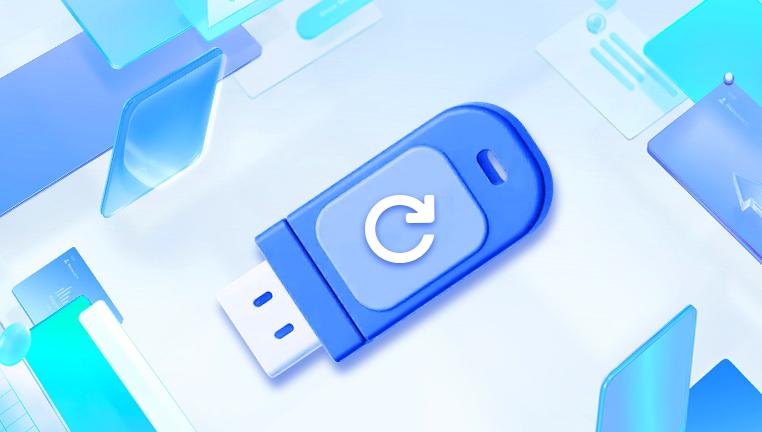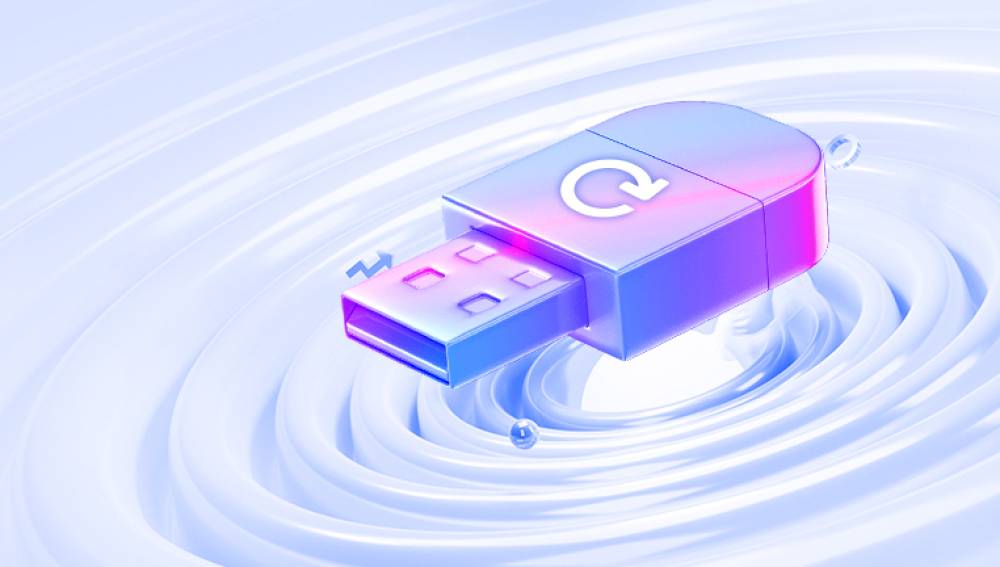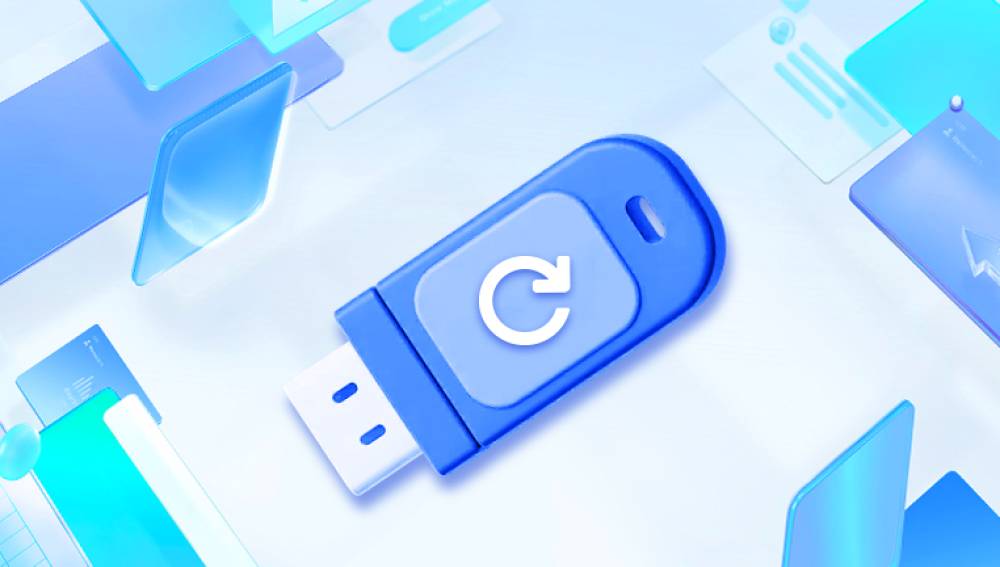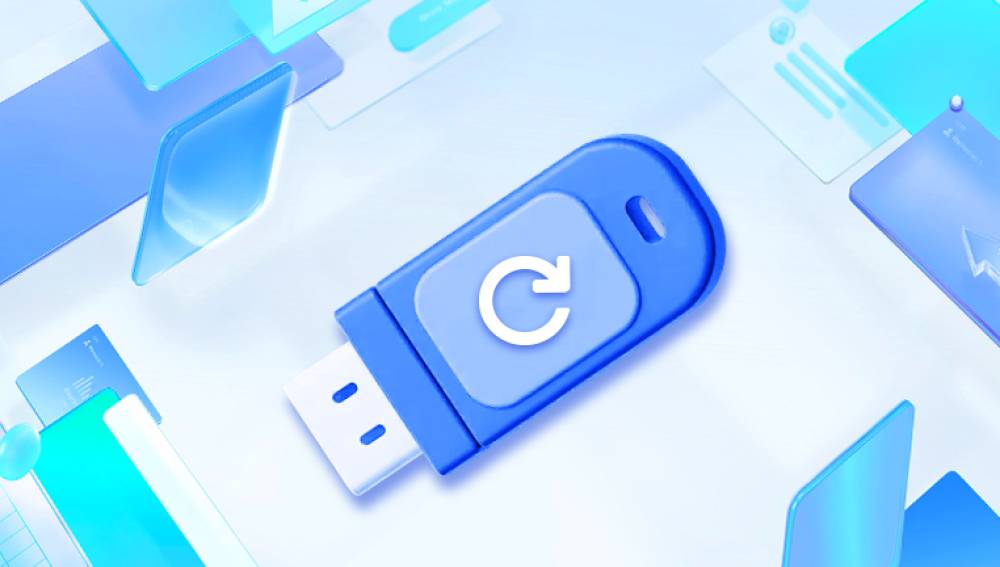From important documents and work files to precious personal photos, people rely on USB drives to store and transfer essential data. Unfortunately, like all storage devices, USB drives are not immune to failure. They can become damaged due to physical wear, corruption, viruses, improper ejection, or even manufacturing defects. When that happens, your data may become inaccessible a stressful and often overwhelming experience.
1. Logical Damage
Logical damage occurs when the USB drive is physically intact but the data or file system is corrupted. This can happen due to:
Improper ejection
File system errors
Virus infections
Power surges
Bad sectors
Symptoms include:
USB detected but shows as “empty”
Errors like “Drive is not accessible”
File system showing as RAW
Request to format the drive when inserted

2. Physical Damage
This type involves actual hardware failure, such as:
Broken or bent USB connector
Damaged circuit board
Water or heat exposure
Flash chip failure
Signs of physical damage:
USB drive not detected at all
Drive heats up abnormally
Visible physical wear or damage
3. Firmware or Controller Failure
In rarer cases, the USB drive’s internal controller may fail, making the drive unreadable even though it appears physically intact. These issues often require specialized recovery tools or services.
Step 1: Initial Assessment
Before attempting any recovery:
Avoid writing new data to the USB drive. Writing to a damaged drive can overwrite existing files and reduce recovery chances.
Check the USB on different ports and devices. Sometimes the issue is with the USB port or computer.
Listen for physical signs any unusual heat, noise, or loose parts can indicate hardware issues.
If the drive is physically intact and shows up on your system, even as RAW or inaccessible, you likely have logical damage — good news, as it’s often recoverable with software.
Step 2: Basic Troubleshooting
Try these basic fixes before moving to recovery tools:
Fix 1: Assign a New Drive Letter
Sometimes the operating system can’t access the USB due to a missing or conflicting drive letter.
Steps (Windows):
Right-click on Start > Disk Management
Locate your USB drive
Right-click and select “Change Drive Letter and Paths”
Assign a new letter not already in use
Fix 2: Use Command Prompt to Check and Fix Errors
Windows includes a tool called CHKDSK that can fix minor file system issues.
Type cmd in Windows search, right-click Command Prompt, and run as administrator
Type:
bash
CopyEdit
chkdsk E: /f /r /x
(Replace “E:” with your USB’s drive letter)
/f fixes errors
/r locates bad sectors
/x dismounts the drive
Note: CHKDSK can potentially alter or remove corrupted files. Use it only if your data is not highly critical.
Step 3: Use Data Recovery Software (For Logical Damage)
Drecov Data Recovery
Drecov Data Recovery is designed with an advanced scanning engine that detects lost or inaccessible data from a variety of USB-related issues, including logical corruption, file system errors, and unreadable sectors. Whether your USB shows as "not recognized," demands formatting, or appears empty, Drecov Data Recovery can often retrieve your lost documents, photos, videos, and more.
To start the recovery process, connect the damaged USB to your computer and launch the Drecov Data Recovery software. Select the USB drive from the device list and choose a scan mode quick scan for recently deleted files, or deep scan for severely damaged drives. Once the scan is complete, a list of recoverable files will appear, allowing you to preview and restore the files you need with a single click.
What makes Drecov Data Recovery especially user-friendly is its clean interface, compatibility with various USB brands and formats (FAT32. NTFS, exFAT), and ability to handle both minor corruption and major damage scenarios. It supports both Windows and macOS systems, making it a versatile choice for personal or professional data retrieval.
Step 4: Recovering Files from a RAW USB Drive
If your USB shows as “RAW” in Disk Management or file explorer, your file system is damaged.
You have two choices:
Use data recovery software to extract files (as described above)
Rebuild or format the drive after file recovery
Do not format the RAW drive before trying to recover your files — doing so can overwrite recoverable data.
Step 5: For Physically Damaged USB Drives
If your USB drive isn’t detected, is visibly damaged, or heats up when plugged in, the problem is likely physical. These cases are more complicated.
Option 1: Check for Loose Connection
Try wiggling the USB gently (do not force it)
Inspect for bent pins or loose solder joints
In some cases, re-soldering a USB connector may temporarily restore access but this should only be attempted by someone with electronics experience.
Option 2: Use a USB Drive Adapter
If the drive’s shell or controller is damaged but the NAND chip is intact, you might be able to extract it and use a compatible USB adapter to read the memory. This involves:
Opening the USB drive
Desoldering the memory chip
Connecting it to a chip reader or compatible adapter
This approach requires equipment, skill, and risk, and is better suited to data recovery professionals.
Step 6: Contact a Professional Data Recovery Service
When all else fails, or if your USB has critical data that you cannot risk losing, professional recovery is your best bet. These services have specialized cleanrooms, chip readers, and forensic tools to handle:
Severely damaged USB connectors
Water/fire damage
Controller failures
NAND chip failures
What to expect:
Free evaluation and quote (in many cases)
Turnaround time from 24 hours to a few weeks
Pricing can range from $100 to over $1000 depending on complexity
Look for a recovery service with:
Proven track record and reviews
No-data, no-charge policy
Secure handling and privacy guarantees
Step 7: Backup and Prevention Tips
After recovering your files, prevention is your best defense. USB drives can fail at any time, often without warning.
Best Practices:
Always eject USB safely using your operating system’s “Safely Remove” option
Avoid using USBs on public/shared computers that may have malware
Back up critical files to cloud storage or an external hard drive
Use name-brand USB drives — they offer better reliability and support
Replace USBs periodically — especially if they’ve been heavily used
Avoid formatting unless necessary, and never without checking contents
What Not to Do
When dealing with a damaged USB drive, mistakes can worsen the situation.
Don’t format the drive before recovery (unless using a raw-to-NTFS recovery method with a cloned image)
Don’t try physical repairs without experience
Don’t write recovered files back to the damaged drive
Don’t panic — stay calm and follow a structured recovery process
Signs That Data Recovery is Likely
Not all hope is lost when a USB fails. Recovery is often possible when:
The drive is recognized but inaccessible
You see a RAW file system error
The files are deleted or the drive was accidentally formatted
The drive has logical errors but no signs of hardware failure
Even in more serious cases, partial or full recovery may still be possible depending on the condition of the NAND flash chip.
Alternative Options for Special Situations
If the USB Has Important System Files:
If your USB contained portable applications, system backups, or bootable OS files, you can:
Use recovery tools that recognize system folders
Attempt file signature-based recovery
Create a cloned image of the drive and attempt recovery on the clone
If the USB Is Not Recognized at All:
Try these steps:
Go to Device Manager > Disk Drives
Scan for hardware changes
If the USB is listed but inaccessible, try updating or rolling back drivers
Use tools like USBDeview to view USB history
Boot into Linux Live CD sometimes Linux can read drives that Windows cannot
Recovering data from a damaged USB drive may seem daunting, but with the right approach, you can often retrieve lost files successfully. Whether your drive is suffering from minor file system issues or major hardware damage, there are options available. Start with non-invasive techniques and software solutions, escalate as needed, and don’t hesitate to consult professionals for critical data.




